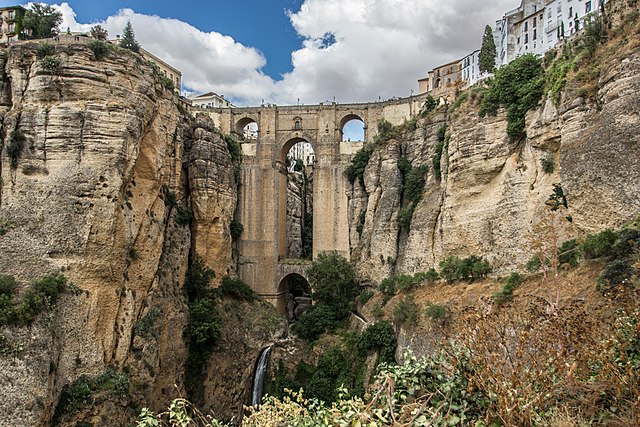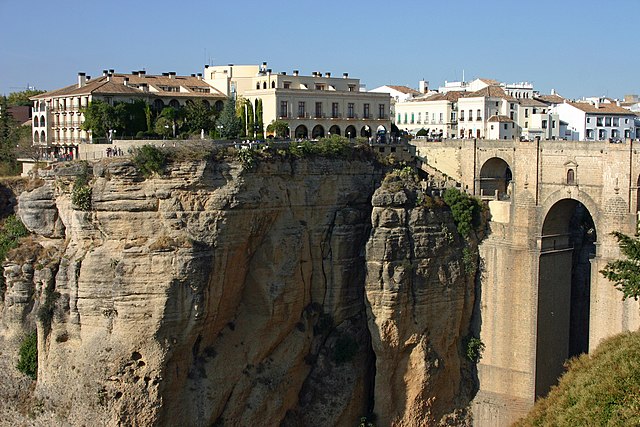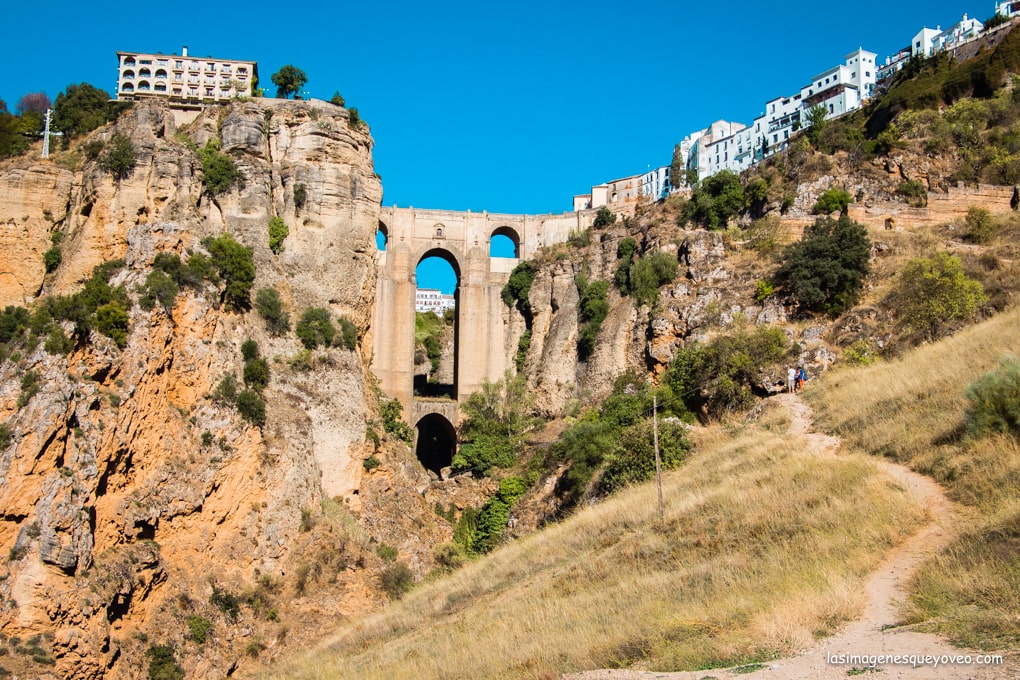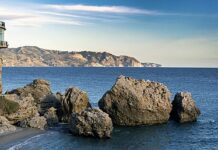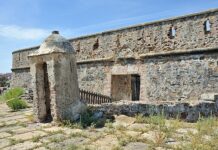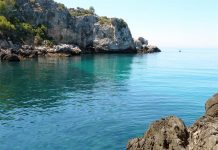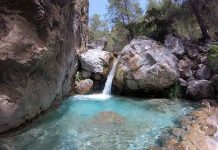Welcome to one of Andalusia’s jewels, the Tajo de Ronda. This impressive gorge is not only a natural spectacle of great beauty but also the heart of the historic city of Ronda. In this post, we will guide you through the wonders of the Tajo de Ronda, showing you everything you can do in this charming city and its rich ornithological diversity.
What is the Tajo de Ronda?
The Tajo de Ronda, declared a Natural Monument in April 2019, is a geological formation of notable uniqueness and beauty. This gigantic gorge, 500 meters long, 100 meters deep, and 50 meters wide, divides the town and is joined by the iconic Puente Nuevo.
The Tajo de Ronda: A Paradise for Bird-Watching Enthusiasts
Bird Watching in the Tajo
The Tajo de Ronda is a place of great interest for bird watching, offering a perfect habitat for species such as the red-billed chough, lesser kestrel, peregrine falcon, and griffon vulture. Additionally, nearby gardens host nocturnal species like tawny owls, common barn owls, and scops owls. In spring, the area comes to life with the flight of pale and common swifts, rock sparrows, and daurian and common swallows.
Lookout Points and Walks for Bird Watching
Various viewpoints along the Tajo, such as Paseo de los Ingleses, Alameda del Tajo, Jardines de Blas Infante, and the Mirador del Puente Nuevo, offer strategic points for bird watching with a telescope. Here you can observe nests of peregrine falcons or red-billed choughs and enjoy the hunting flights of a peregrine falcon.
The History of the Puente Nuevo and the Tajo de Ronda
A Symbol of Ronda: Puente Nuevo
The Puente Nuevo, built between 1759 and 1793 by José Martín de Aldehuela, is more than an architectural work; it is a historical symbol that unites the old and modern parts of the city. This bridge replaced a previous one that collapsed in 1740, claiming the lives of about 50 people.
A Journey Through the History and Culture of Ronda
Discover Ronda’s rich historical and cultural past by visiting places like the Casa del Rey Moro, Jardines de Cuenca, Convento de Santo Domingo, and houses overlooking the Tajo.
Activities and Attractions in the Tajo de Ronda
Walk Across the Puente Nuevo
The Puente Nuevo is not just an engineering marvel but also the best place to enjoy spectacular views of the gorge. Walking across the bridge is an experience in itself, with panoramic views of the landscape and the opportunity to take incredible photos.
Explore the City of Ronda
Ronda is a city full of history and culture. Walking through its cobblestone streets is like traveling back in time. Don’t miss the Plaza de Toros, one of Spain’s oldest and most significant bullrings, and the Casa del Rey Moro, which houses beautiful gardens and a mine descending to the river.
Hiking and Nature
For nature lovers, the Tajo offers several hiking trails. You can descend to the bottom of the gorge and explore the local flora and fauna or walk the trails that offer impressive views from different angles.
Tips for Your Visit
To make the most of your visit, we recommend wearing comfortable footwear, especially if you plan to hike. Also, don’t forget your camera to capture the stunning views.
How to Get to the Tajo de Ronda
Arriving by Car
Ronda is well connected by road. From Málaga, you can reach Ronda in approximately 1 hour and 30 minutes via the A-367.
Public Transportation
If you prefer public transport, there are regular buses from Málaga and Seville. Ronda’s train station also offers connections to several major cities.
You can follow the directions on Google Maps, click here.
The Tajo de Ronda is not just a natural spectacle; it’s a place where history, culture, nature, and rich biodiversity meet. Whether you’re interested in architecture, history, ornithology, or simply enjoying beautiful views, Ronda and its Tajo offer you an unforgettable experience.

